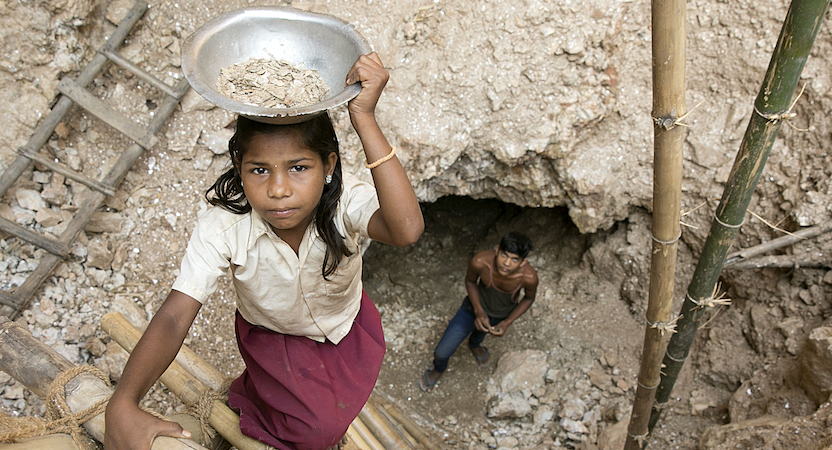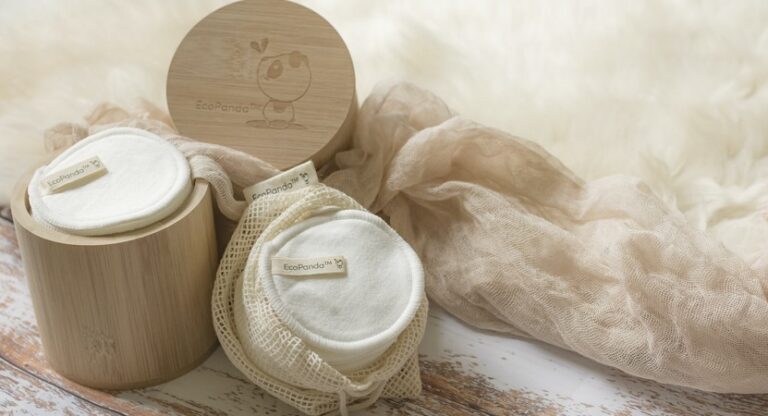Mica is a common ingredient in most makeup. But did you know that mica is often mined illegally and by children? Learn more about this dirty industry, what brands are doing to help, and how you can vote with your dollar to affect change.
- Introduction to Mica in Makeup
- What is Mica?
- Where Does Mica Come from?
- What is Mica Used for?
- What Makeup Products Contain Mica?
- What are the Benefits of Using Mica in Makeup?
- Is Mica in Makeup Safe?
- Do Brands Consider How Ingredients are Sourced When Labelling them Cruelty-Free?
- Industry Transparency in Supply Chains
- How You Can Help as a Consumer
- Brands that are Making a Difference
- A Real Challenge
- Redefining Cruelty-Free Beauty
Introduction to Mica in Makeup
The cosmetic industry has experienced a notable shift in recent years as more and more consumers opt for ethically sourced products. This has increased pressure on brands that use toxic ingredients in their formulations and those that test on animals. The source of ingredients has, in the process, received a lot of attention, with various studies showing that many customers now want to know where product ingredients came from before making a purchase.
One ingredient that has raised a lot of concern regarding its sourcing is mica in makeup. Found in most color makeup, there have been numerous reports that the means through which the mineral is mined and prepared for export endangers the future and lives of many minors.
In this article, we’ll look at what is mica used for in the cosmetics industry and explore exactly why it’s causing worry within the beauty community. You’ll also get to see what you, as a consumer, can do to help solve the challenges associated with its production. On top of that, we’ll identify a few beauty brands that have taken steps to make mica sourcing more ethical.
What is Mica?
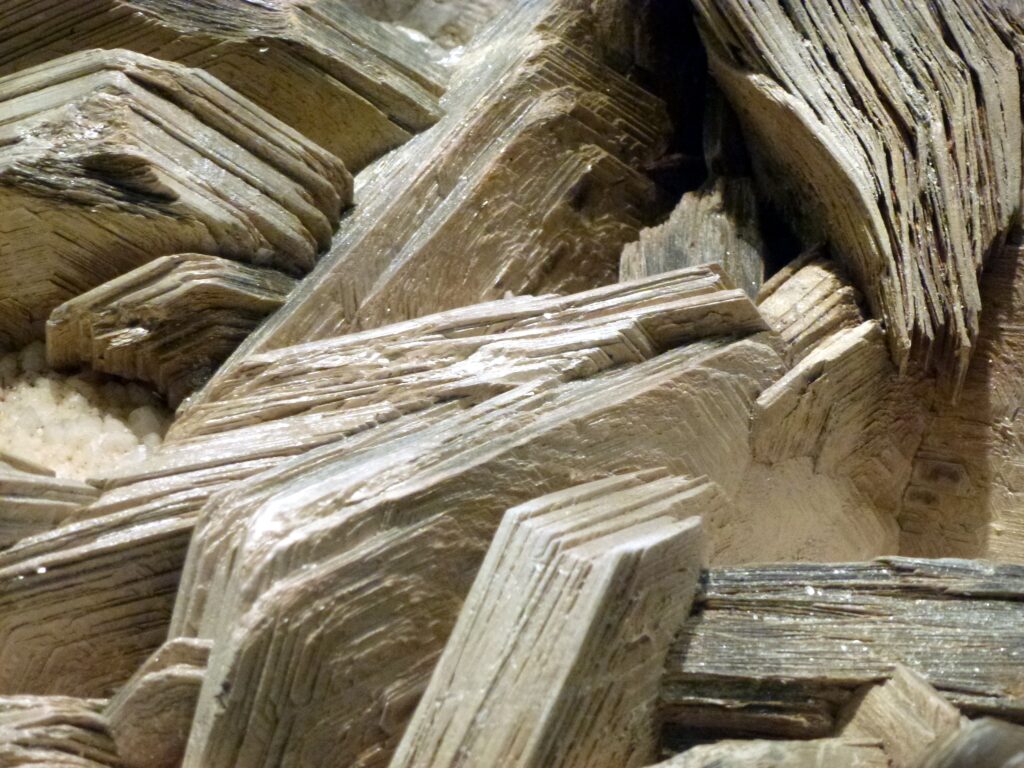
Mica refers to a group of 37 silicate mineral compounds that are naturally sourced. They’re all physically and chemically similar but come in different colors. Examples are brown phlogopite, clear muscovite, and purple lepidolite. Besides silicate, these minerals also contain aluminum, iron, magnesium, and potassium. Mica is known for its pearlescent properties, which makes it a choice ingredient in the cosmetics industry for sparkly makeup products. According to Vanessa Thomas, a cosmetic chemist and founder of Freelance Formulations, “mica is one of the most important mineral ingredients in cosmetics as it is responsible for adding shimmer and sparkle to make-up. Basically, if a product has a shimmer effect, it’s almost definitely mica.”
Where Does Mica Come from?
So, exactly where is mica found around the world? Mica is mined and collected in either flake or sheet form. Most of the mica that’s used in the cosmetic industry comes from India. The country has a large mica belt, spanning the regions of Jharkhand and Bihar, Andhra Pradesh, and Rajasthan. Other countries that contribute to the production of mica include Madagascar, China, Brazil, the United States, and Russia. But India single-handedly produces more than half of the total mica in the world. In 2019, the value of mica exports from India was estimated to be around $71.3M.
What is Mica Used for?
Mica has a variety of uses across multiple industries, thanks to its different properties. Here are some of its applications:
Cosmetics
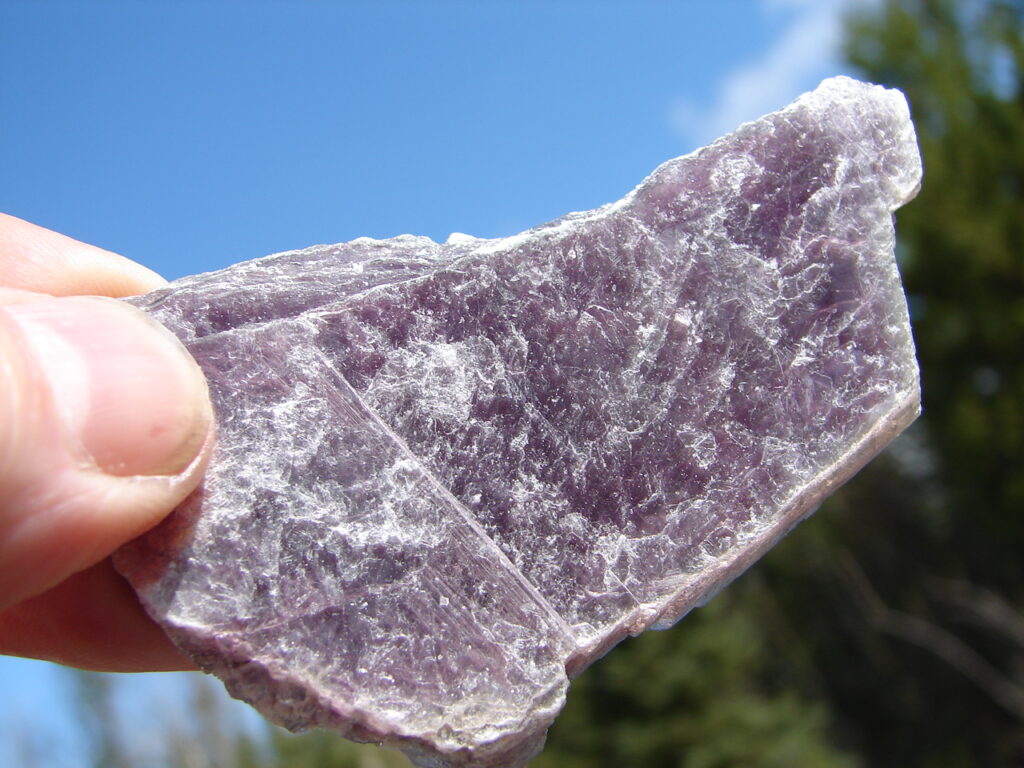
In the beauty and personal care industry, mica is preferred mostly because of its sparkly nature. It brings a shimmery effect to the final product and provides a glow by reflecting light. Mica is also used to adhere other ingredients together in formulations.
Construction
In construction, mica is mostly added to the joint compound used in making drywall. It acts as a filler and helps to finish seams. As an extender, mica makes the compound easier to manipulate, by rendering a smooth consistency and preventing cracking.
Electronics
Mica minerals are non-conductors and heat resistant, which makes them good insulators. The electronics manufacturing industry actually uses most of the mica produced worldwide.
Paint
Paints, printing inks, and coatings take up the second largest portion of mica, after electronics. Mica-containing paints and coatings are especially popular in the vehicle industry for the production of parts for vehicles, boats, aircraft, and the like.
Plastics
Mica is used as a filler during the manufacturing of lightweight plastics. It adds strength to the products while also giving them a pearlescent effect.
What Makeup Products Contain Mica?
Mica in makeup is used to make cosmetics such as eye shadow, blush, lipstick, and concealers. The mineral also gives some skincare products that glowing effect.
What are the Benefits of Using Mica in Makeup?
Mica in makeup is quite popular because of the numerous benefits it has for both manufacturers and consumers. Some of its advantages include:
- It doesn’t cause irritation even for those with sensitive skin, unlike some natural mineral ingredients. Mica also has anti-inflammatory properties, which makes it good for skin health.
- The shimmery effect it adds to products gives a youthful glow when applied. Also, when mica reflects light, it diverts attention away from fine lines and wrinkles.
- Manufacturers use mica as a formulation thickener and filler that helps other ingredients to blend together. When added in powders, the mineral prevents the clumping of other ingredients, which is a major challenge for most powder makeup products.
- In its ground form, mica easily mixes with other products. This makes the process of manufacturing cosmetics a lot smoother.
- Mica also helps with product adhesion to the skin. Because of the mineral, it becomes easy to apply skin products evenly, enabling them to bind to the skin.
Is Mica in Makeup Safe?
Mica has been found to have no health side effects when used in cosmetics. However, workers who are involved in the manufacture of products that use this mineral are at risk of respiratory exposure. If inhaled, the mica dust might get lodged in the lungs and cause fibrosis. This leads to symptoms such as shortness of breath and coughing. Keeping this in mind, Nooria Khan, a lifestyle and beauty and health expert at DSRPT suggests that “it may be a good idea to be in a well-ventilated area when applying mica makeup.”
When applied to the skin, some of the general concerns about mineral ingredients such as mica are that they may contain nanoparticles that may clog pores. Besides that, there are no other reported adverse effects.
The main problem with mica has more to do with sourcing mica than the effect it has on consumers after use.
Mica Mining, Child Labor, and Poverty
Among the mica-producing regions of India, Jharkhand and Bihar alone account for about three-quarters of the total revenue earned from exports in the country. It has been observed that a fair share of the workforce in this region is made up of underage children, some even as young as five years old. A report by SOMO showed that at least 22,000 children work in mica mines in Bihar and Jharkhand.
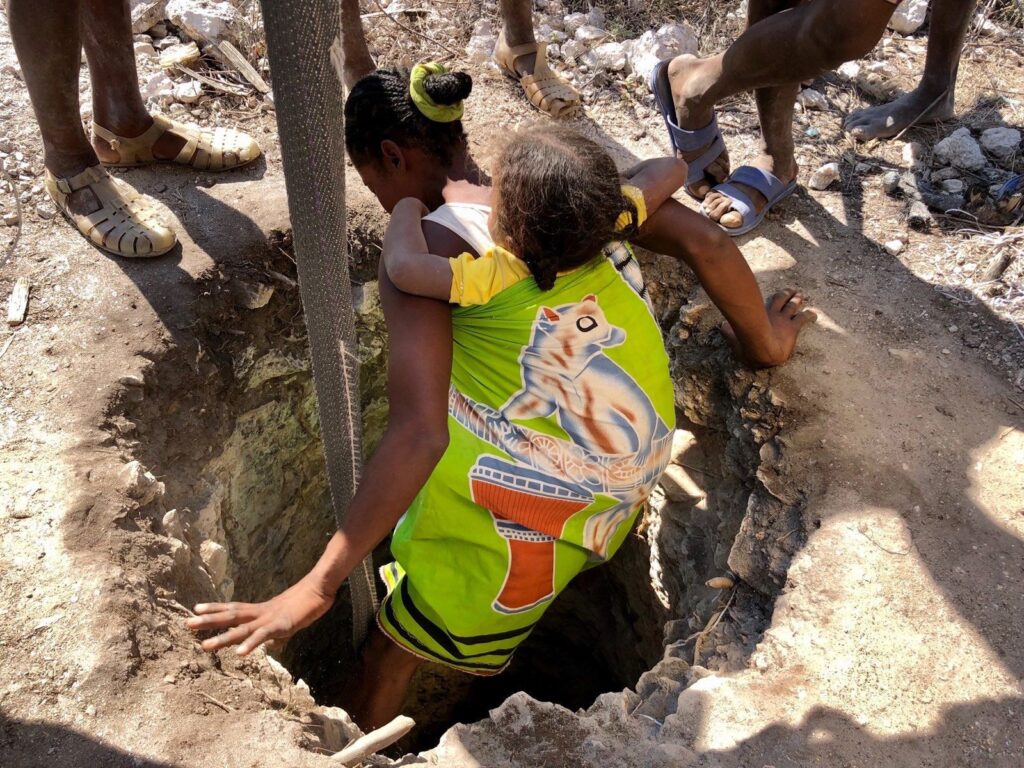
Children work alongside their parents in the mines, collecting and cobbling minerals all day long. Poverty has been identified as a major reason for this, as children are forced to take part in providing for their families. In fact, the Bihar and Jharkhand states have some of the largest populations living under the poverty line in India. A report from the Reserve Bank of India shows that 33 percent of Indians in Bihar and 36 percent in Jharkhand are impoverished, based on data from the 2011 census. As a result, most children in that region don’t go to school.
Illegal Mining
Much of the mica mining that goes on in Jharkhand and Bihar is illegal and unregulated, and this has contributed a lot to child labor. In addition, the mining companies pay little attention to safety, which leaves their workers exposed to physical injuries and respiratory health hazards.
Sadly, a number of children have already lost their lives in accidents where mines have collapsed. Madagascar is another country where the practice of child labor in mica Mining has been reported. A report by Terre des Hommes in collaboration with SOMO, shows that more than half of kids between the ages of 5-17 living in Madagascar’s mine regions provide labor in the quarries.
Do Brands Consider How Ingredients are Sourced When Labelling them Cruelty-Free?
When you go through beauty product aisles nowadays, you will notice a lot of products claiming to be cruelty-free. For most of them, what that means is that they don’t conduct animal testing in their manufacturing process. Others refer to the fact they don’t use animal products.
In the case of mica, it begs the question of whether a product should be labeled cruelty-free when it contains an ingredient that has been produced in a manner that violates the rights of children. Many brands don’t cover some of the vital issues when dealing with cruelty, only stopping at protecting animals.
It’s clear, however, that how a number of ingredients are sourced exposes not only animals but the environment and people to cruelty too. Perhaps it’s time we all redefined what we mean by cruelty-free. You can be sure that a majority of the cosmetics containing mica but labeling themselves as cruelty-free do contain minerals that have been mined by underage children under inhumane conditions.
Generally, manufacturers don’t pay attention to sourcing when avoiding cruelty. Some who do only avoid animal-sourced products, but they don’t really know much about their supply chain.
Industry Transparency in Supply Chains
Various parties, including consumers, governments, and non-governmental organizations, have been demanding for companies to provide information about their supply chain. This has put pressure on many manufacturers to take this into consideration since failure to satisfy any of the parties has proven to have a detrimental effect on their sales and brand reputation.
When it comes to transparency in the supply chain, manufacturers are expected to be aware of each step, the ingredients they use from their source until they get to them. The manufacturers are then required to provide this information to consumers or other interested parties. Doing this shows that a company is keen on maintaining the sustainability of their products.
In the cosmetic industry, especially with mica sourcing, manufacturers face a major challenge when it comes to tracing the roots of the ingredients they use. This is because there are several third parties involved by the time the mineral gets from the mines to their factories. In addition, many of the vendors providing legally mined mica are also dealing with illegal minerals, so it becomes hard to tell which mineral has been illegally mined and which one hasn’t.
Fortunately, some companies have shown effort in using mica that has been obtained without the exploitation of children. While this is a good step, it’s also important to remember that it does not in any way change the ill fortunes of the tens of thousands of children in India whose lives are wasting away in dangerous mines. Cosmetic companies need to take more initiative if they’re going to make real changes concerning this issue, even as the Indian government tries to bring the situation under control.
How You Can Help as a Consumer
By now, it’s clear that the consumer holds power when it comes to making or breaking brands. For instance, environmental awareness has seen most customers shun beauty products that use ingredients that may harm aquatic life.
The effects of various ingredients in the body have also influenced consumer purchasing decisions. This is because users are becoming increasingly aware of the relationship between chemicals in their personal care products and diseases such as cancer. In addition, environmentally conscious consumers no longer want to buy products with plastic packages because of the risk they pose to the environment. These consumer behaviors have seen manufacturers changing the way they do things. More companies are pursuing sustainable packaging and replacing synthetic ingredients with natural and organic ones.
This goes to show that you, as a consumer, can have an impact on the mica child labor situation, and here are some of the ways you can help:
Opt for Ethically Sourced Mica
The Jharkhand and Bihar region, while being the largest producer of mica in India, isn’t the only source of the mineral. As already mentioned, mica mining also takes place in many other countries around the world, where child labor is not an issue. You can, therefore, decide to only buy products from companies which prove that they source their mica from areas without child exploitation. As Dr. Tracey Lambert, MD suggests, “do your homework; ask brands for the nitty gritty about their ingredients; and be prepared to change brands if you don’t get the answers you expect.”
Buy Mica Free Makeup
You can decide to switch to mica free makeup. Other types of ingredients, such as titanium dioxide, can also be used in cosmetics to create the sparkly effect so you won’t be missing your favorite look. Besides, buying such products will make you feel better that you’re not supporting an industry that exploits children.
Choose Synthetic Mica
Synthetic mica resembles natural mica in terms of appearance and properties. The one big difference is that there’s no child labor involved in its production. Even better, it doesn’t pose a risk to your skin or health and is, therefore, safe to use. Synthetic mica is also biodegradable, as it can be made using plant cellulose. Quality synthetic mica is even more pearlescent compared to natural mica.
One example of a synthetic mica is fluorphlogopite which, according to Adina Mahalli, was developed in response to the exploitation at the mica belt. Mahalli notes “although this resolves the ethical issue, it doesn’t take away from the fact that mica is dyed by using iron oxides or food dye, meaning that no colored mica is 100% natural.”
Spread Awareness
Consumer awareness concerning toxic ingredients and environmental pollution associated with beauty products is growing. Still, many users don’t know the harmful production methods involved in the earliest stages of sourcing for ingredients. Actually, a majority of buyers who love shimmery makeup made with mica may not know what is mica powder, or where the mineral comes from, let alone the fact that there’s a high probability it was mined by children under the age of twelve.
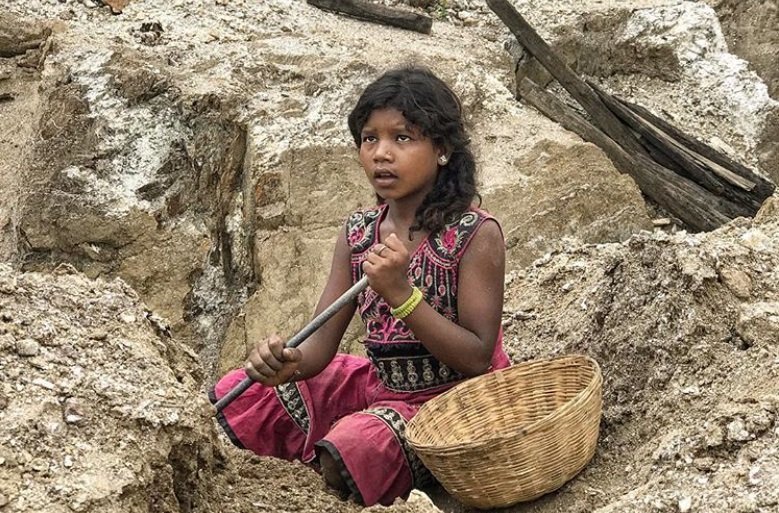
By spreading awareness about this issue, you can educate more consumers on the dark truth behind the glow they get from applying makeup. Social media provides you with a powerful tool to get the word out there, enabling you to influence the masses within a short period. It’s highly likely that once consumers receive such information, they’ll become actively involved in avoiding products that have been sourced unethically, and begin supporting brands that have initiatives going on to tackle the problem.
The Responsible Mica Sourcing Initiative
The Responsible Mica Sourcing Initiative was founded in 2017. It’s a collaboration between non-governmental organizations that are concerned about the inhumane violations of children’s rights in some Indian mines and companies that source mica from the area for use in various industries. The initiative is aimed at improving responsibility and traceability concerning the supply chain of Indian-sourced mica.
Other projects by the initiative are geared towards providing long-term solutions that will empower local communities, thereby improving livelihoods and creating a better working environment. Some of these companies have been involved in the building of schools to provide education for children who would have otherwise been confined to working in the mines.
Lastly, there’s an effort to work alongside the Indian government and authorities to tackle the issue of illegal mining, which is the main culprit of human rights violations. With more legislation and enforcement in these areas, there’s a better chance of child abuse in mines coming to an end.
As a consumer, you can identify some of the companies that actively participate in this project and offer your support.
Next, we will highlight some of the cosmetic brands that are involved in the fight against cruel mining methods in the mica industry.
Brands that are Making a Difference
Cosmetic brands are playing a huge role in the Responsible Mica Initiative, even though the industry uses only a small portion of all the mica produced. Bigger companies with huge buying power and resources such as L’Oréal and Estée Lauder have, instead of abandoning their Indian supply chains, decided to make a change in the lives of the communities. Other brands such as Lush have found it easier to abandon natural mica as they were unable to establish true transparency within their supply chains despite their best efforts.
Here’s a list of the companies making a difference in various ways in mica in makeup:
L’Oréal
L’Oréal is currently one of the most active beauty companies involved in fighting the inhumane conditions that are rife in Indian mica mines. According to the company, they source at least 60 percent of their mica from the United States and use synthetic mica whenever they can. The rest comes from India and other places.
Instead of deserting the region, the company has decided to maintain the supply sources they have in India. However, L’Oréal exclusively uses ethical sourcing and also takes part in projects to help the economically and socially challenged communities in the mica mining regions of India.
To begin with, L’Oréal solely does business with supply partners who uphold the same ethical standards as them concerning human rights. In addition, they only use a limited number of suppliers, which makes it easy for them to trace and prove the transparency of their supply chain. L’Oréal also makes sure that its suppliers only source minerals from legal mines where there are safe working conditions and no child labor allowed.
Oriflame
Oriflame is a major manufacturer of color cosmetics, skincare, hair-care, and fragrance products with markets in more than 60 countries worldwide. They joined the Responsible Mica Initiative in 2017 and have been actively involved in efforts to fight human rights violations in Indian mines. For starters, the company has a code of conduct that is committed to the protection of human rights. Also, Oriflame doesn’t enter into business partnerships that condone child and forced labor.
Besides their internal commitment, Oriflame also has a supplier code of conduct that applies to all the companies they work with to source their mineral ingredients. The company has a supplier evaluation program that strictly checks each supplier to ensure that they uphold the same high standards when it comes to staying clear of mica sources with poor working environments.
Cosnova Beauty
So far, Cosnova Beauty can prove at least 88 percent transparency of their supply chain. They’re diligent in vetting suppliers to make sure that they get their mica from ethical sources. To minimize the possibility of using ingredients from places where exploitation of children and other workers is practiced, the brand sources about 90 percent of its product ingredients from Europe. When getting mica from India, they only deal with supply partners who comply with the standards set by the International Labor Organization.
Estée Lauder
Estée Lauder was one of the earliest beauty brands to begin efforts towards ensuring that fewer children in India worked in mines. Back in 2006, the company collaborated with an Indian organization, Bachpan Bachao Andolan (BBA), where they had projects for building schools in some of the impoverished villages. BBA works with the Indian government to make sure that these schools have teachers. The organization also takes part in educating parents about the importance of taking their kids to school. So far, Estée Lauder has ongoing programs in more than 150 Indian villages that are aimed at improving the living standards of the locals, while saving more children from the dangerous mines.
Lush
Lush began sourcing ingredients containing mica in 2012. They put efforts in place to see to it that they were using ethically sourced mica. Lush also partnered with BBA in their verification program. In 2014, however, ownership changed on the pigment division of their supply company, and they were unable to continue proving the transparency of the mica they were supplied with. This led to a decision to abandon natural mica for synthetic mica in January 2018.
The beauty brand has explained that their decision to completely abandon mica because of its connection with child labor came as a result of their limited buying power. Lush admitted that they had inadequate resources to help them guarantee transparency in their supply chain. And also, they wouldn’t be able to have much of an impact as some of the bigger companies do. This is the same reason they’re not part of the Responsible Mica Initiative. Instead, Lush has decided to play its role by only using mica made in factories, thereby completely avoiding unethical mining practices.
Jane Iredale
Jane Iredale is another cosmetics brand that has turned their backs on natural mica. They have done this to improve the quality of the ingredient. The synthetic mica that they use in their formulations has less heavy metal content, compared to naturally-sourced mica. This is a common concern with earth minerals. In extension, this decision has ensured that the company in no way encourages or supports illegal mining activities in India and other places around the world.
Other companies that have been listed as members of the Responsible Mica Initiative are Burt’s Bees, LVMH, Schwan Cosmetics, and The Body Shop. Brands such as Kjaer Weis and ColourPop, on the other hand, have committed to only sourcing their mica from markets outside of India, mostly the United States and Europe. Mining in these areas is strictly regulated, providing little chance for inhumane labor practices.
A Real Challenge
Besides child labor and poor working conditions, modern slavery is also a main concern in the mica mining states of Jharkhand and Bihar in India. While some of the children work alongside their parents, others are kidnapped and forced to work in the mines. Also, because a majority of the population lives below the poverty line in both states, many families are recipients of expensive loans provided by mine owners, which results in them being trapped in enslavement for years.
The amount of mica that’s legally mined in India accounts for a tiny portion of the total tons that are exported each year. This means that more efforts are required from big players in the industry to make a significant change.
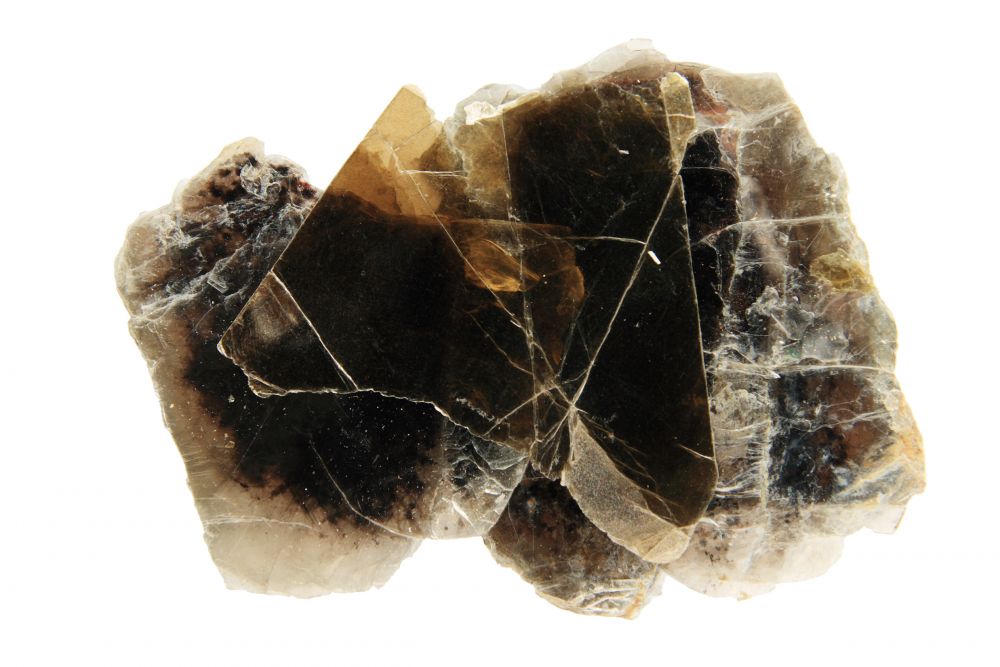
Mica is one of the most lucrative minerals used in the cosmetic industry, but this does not reflect in the livelihoods of those who mine it. While beauty brands pay thousands of dollars to suppliers for the mineral, mineworkers’ salaries barely help them to live from hand to mouth. It’s clear that quarry owners are minting millions of dollars on the backs of an abused, overexploited, and underpaid workforce.
With the global mica market expected to grow to a tune of $678.2M by 2023, there’s a need for even more action to make sure that the production of the mineral is sustainable on all fronts.
Redefining Cruelty-Free Beauty
It goes without saying that both consumers and manufacturers have to rethink what it means for cosmetics to be cruelty-free – especially when it comes to mica in makeup. Protecting the environment, animals, and our health is not enough when children as young as five years are denied basic human rights.
Since the Jharkhand and Bihar mica belt is easily the largest producer of the mineral, it may seem as if any efforts to combat this situation are doomed to fail. However, with more companies being involved in social responsibility efforts in the regions, many children are now able to leave the mines and go to school like other kids in various parts of the world.
Fortunately, awareness about the situation in these mines is only increasing, and we expect to see better results. But, at all times, it’s important to remember the power you hold as a consumer, and see to it that your glamorous look doesn’t come at the expense of a child’s future.
Did You Enjoy This Article?
If you enjoyed this article, you might also like our articles discussing skincare and makeup such as Natural Hair Removal, Talc in Makeup, and Facial Steamer.

